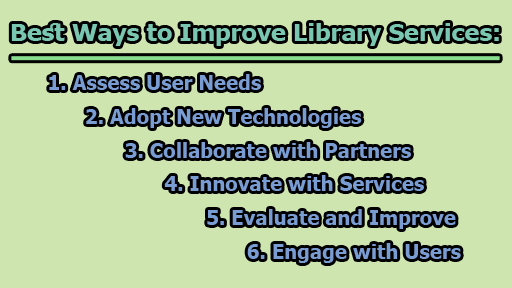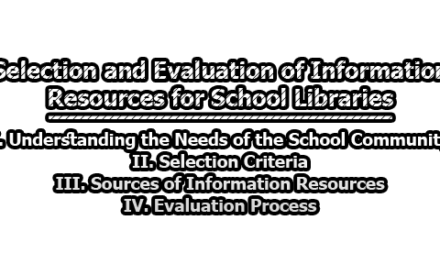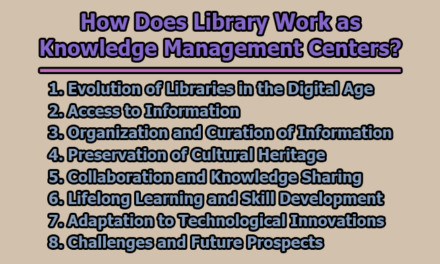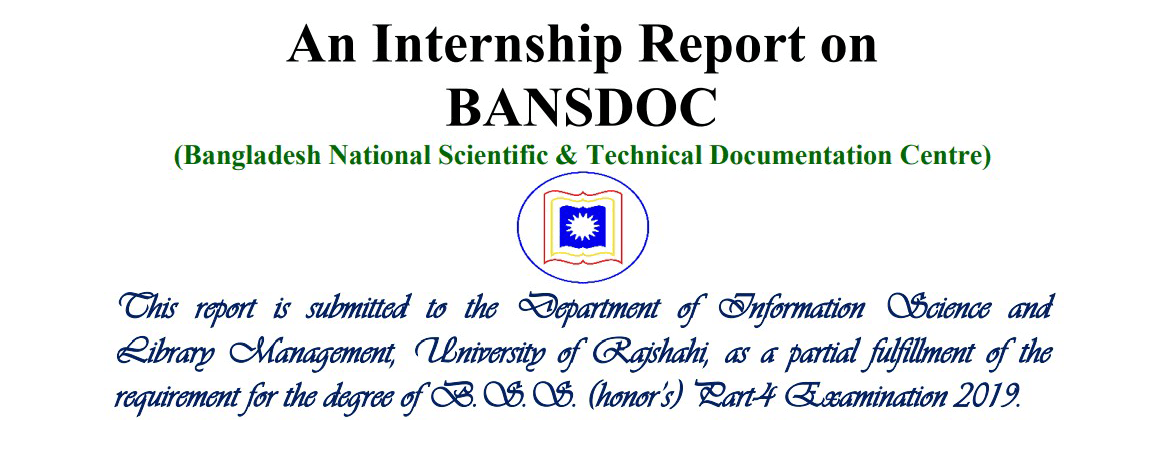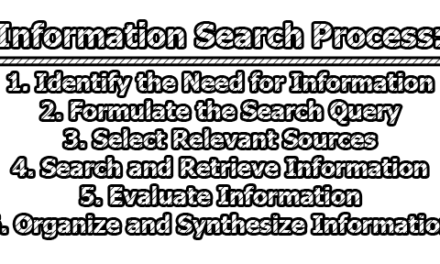Best Ways to Improve Library Services:
Libraries have always played a pivotal role in providing access to knowledge, information, and resources to their communities. In today’s fast-paced digital age, it is essential for libraries to continually adapt and evolve to meet the changing needs and expectations of their users. This article explores the best ways to improve library services, focusing on assessing user needs, adopting new technologies, collaborating with partners, innovating with services, evaluating and improving, and engaging with users.
1. Assess User Needs: Understanding the needs, preferences, and expectations of library users is paramount in improving library services. Conducting surveys, interviews, focus groups, and observations can provide valuable insights into what users want and need. Analyzing the data collected helps library managers identify gaps, opportunities, and challenges, which can inform the design of tailored solutions. User needs assessment not only helps libraries meet user expectations but also ensures that their services align with their mission, vision, and goals.
2. Adopt New Technologies: Incorporating cutting-edge technologies into library services can significantly enhance the user experience and streamline workflows. Libraries can utilize digital platforms, such as websites, apps, social media, and podcasts, to communicate with users and promote resources and programs, thus expanding their online presence. Moreover, technologies like RFID, self-checkout systems, chatbots, and virtual reality can improve the efficiency, convenience, and interactivity of library services. Embracing artificial intelligence, big data, and blockchain can also bolster data management, analysis, and security.
3. Collaborate with Partners: Collaboration is key to expanding the reach and impact of library services. Libraries can form partnerships with local schools, colleges, universities, businesses, nonprofits, and government agencies to offer users academic support, lifelong learning, career development, social services, civic engagement, and community development opportunities. Collaborating with other libraries, associations, and organizations can enable the sharing of best practices, ideas, and advocacy efforts.
4. Innovate with Services: Innovation is essential to meeting the evolving needs of society. Libraries can introduce services that support digital literacy, information literacy, and media literacy, aiding users in navigating the complex information landscape. Additionally, services that encourage creativity, entrepreneurship, and innovation can help users generate new ideas, products, or solutions. Libraries can also play a pivotal role in promoting diversity, inclusion, and equity, helping users celebrate their identities, cultures, and perspectives.
5. Evaluate and Improve: Continuous evaluation and improvement are fundamental to ensuring that library services remain effective, efficient, and impactful. Libraries can utilize performance indicators, benchmarks, standards, and frameworks to measure and monitor their services’ inputs, outputs, outcomes, and impacts. This data-driven approach allows library managers to assess strengths, weaknesses, opportunities, and threats and make informed decisions to enhance services. Furthermore, it helps libraries demonstrate their value, accountability, and sustainability to stakeholders.
6. Engage with Users: Engaging with users in a meaningful, respectful, and reciprocal manner fosters a strong sense of community and user satisfaction. Involving users in the planning, design, implementation, and evaluation of services ensures that their voices, opinions, and preferences are heard and respected. Co-creating and co-delivering services with users builds trust, loyalty, and satisfaction, instilling a sense of ownership and empowerment. Engagement also cultivates a culture of learning, innovation, and collaboration within and beyond the library walls.
In conclusion, improving library services requires a multifaceted approach that encompasses understanding user needs, adopting new technologies, collaborating with partners, innovating with services, evaluating and improving, and engaging with users. By staying attuned to the changing landscape of information access and community needs, libraries can continue to be vibrant hubs of knowledge and culture, evolving to meet the demands of the digital age while serving as pillars of their communities.

Assistant Teacher at Zinzira Pir Mohammad Pilot School and College

